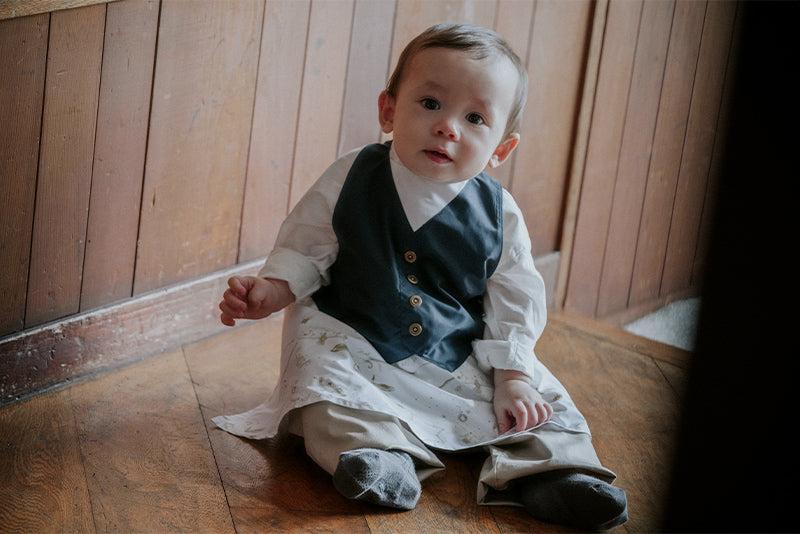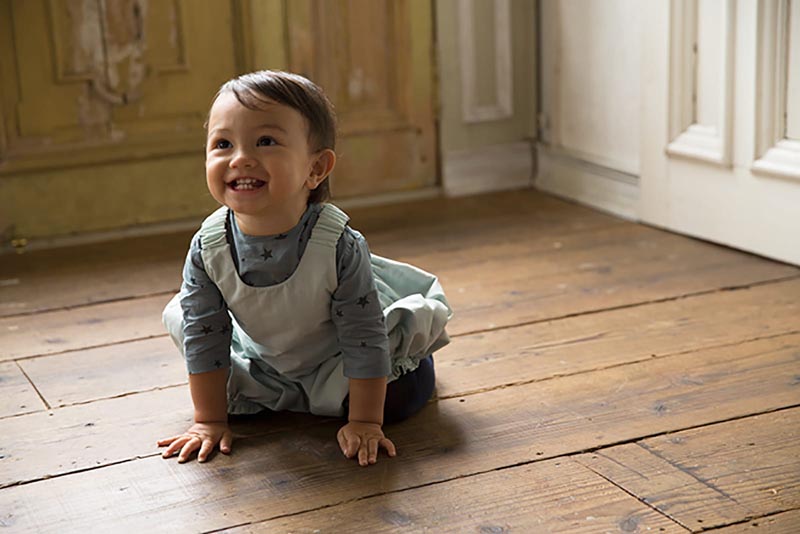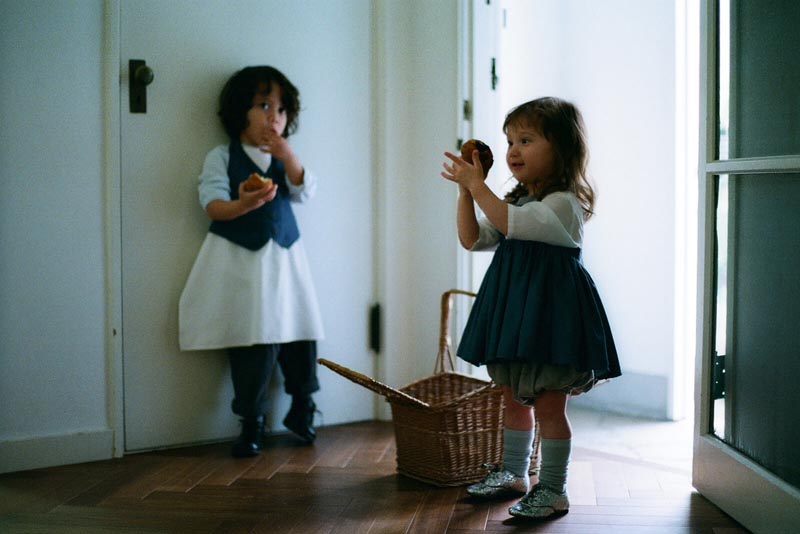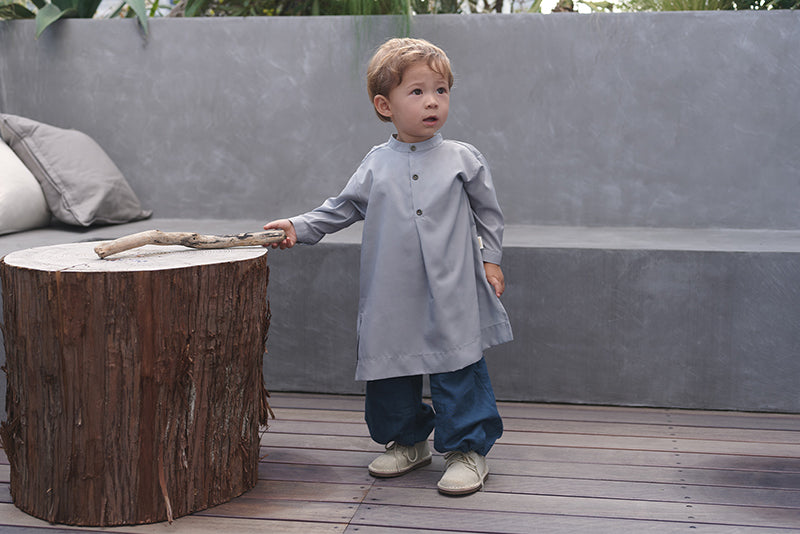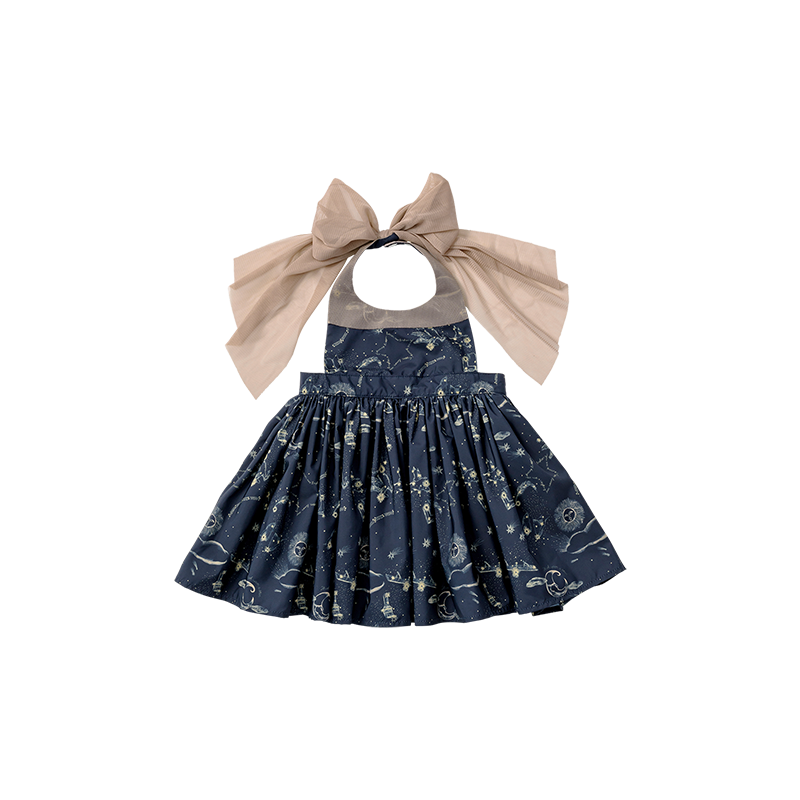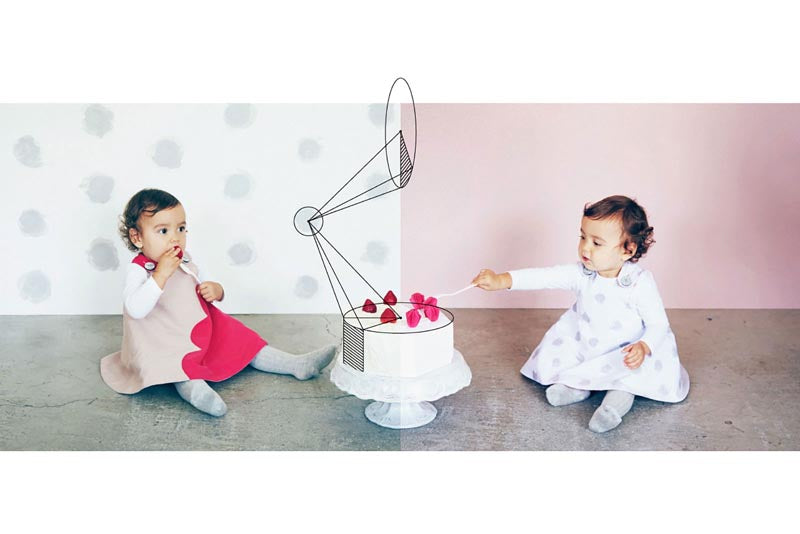Mealtime with toddlers means messes. Food everywhere, sauce on faces, and a dining area dotted with spills. There's a bright side to these messy (stress-y) moments: this phase is a key part of your toddler's development.
It's a time for them to explore, learn, and grow. Let's explore why toddlers are messy eaters, the importance of this stage, and how to manage the chaos. With the right perspective and preparation, mealtime can become a fun journey of discovery for the whole family.
Why Are Toddlers Messy Eaters?
Toddlers are naturally curious and are constantly learning about the world around them. At this stage, toddlers are developing their fine motor skills. Grabbing, poking, and squishing food helps them understand textures, shapes, and how different foods react to pressure. It's not just about eating; it's about exploring.
Messy eating is a sign that your toddler is exploring and learning. Feeding themselves and developing their hand-eye coordination is a move towards independence. Self-sufficiency is crucial for their growth and this crucial phase supports their physical and cognitive development- one messy meal at a time.
The Importance of Getting Messy
Messy eating also fosters a positive relationship with food. It encourages toddlers to be curious about what they're eating, making them more likely to try new foods and flavors. This exploration can help reduce picky eating habits by making mealtime an exciting adventure rather than a forced routine.
Moreover, the act of self-feeding, with all its mess, nurtures independence and self-confidence. It sends a message to the toddler that their parents trust them to learn and manage on their own, even if it's just handling a spoon or a piece of fruit. These experiences build foundational skills for self-care and decision-making in later life.
Managing Mealtime Messes: Practical Tips
1. Prepare the Eating Area: Before mealtime begins, set the stage for an easy cleanup. A wipe-clean placemat under their plate, a drop cloth or newspaper on the floor, and even a bib with a catch-all pocket can save you time and effort post-meal.
2. Use the Right Tools: Invest in toddler-friendly utensils, plates, and cups that are designed to minimize spills. Look for items with suction cups or weighted bases that stay put on the table. Soft, bendable spoons and forks are easier for little hands to navigate.
3. Routine and Structure: Establishing a consistent mealtime routine can help manage expectations and behaviors. Consistent meal and snack times help toddlers understand when to expect food, reducing the chance of hangry (hungry + angry) outbursts that can lead to messier eating.
Dress for the Occasion
Opt for easy-to-clean, protective clothing during meals. Long-sleeved bibs or dining aprons can be a game-changer, covering more of your toddler's clothing and skin. Choose materials that are water-resistant and wipe-clean or machine-washable for quick turnarounds.
Our best-selling dining aprons come in two lines: bouquet and garcon. Available in sizes for messy babies and messy kids. With over 12 beautiful and functional designs to choose from, these embody our philosophy of "beautility".
Embracing Mess Through Food Play
Wrapping up, remember that messy eaters are growing explorers. Embrace the chaos of mealtime as part of your baby's journey to independence and discovery. With a few practical strategies, you can manage the mess and still let the fun of exploration shine through. Here's to joyful, memorable, and yes messy meals that feed both the body and the curious little mind.



